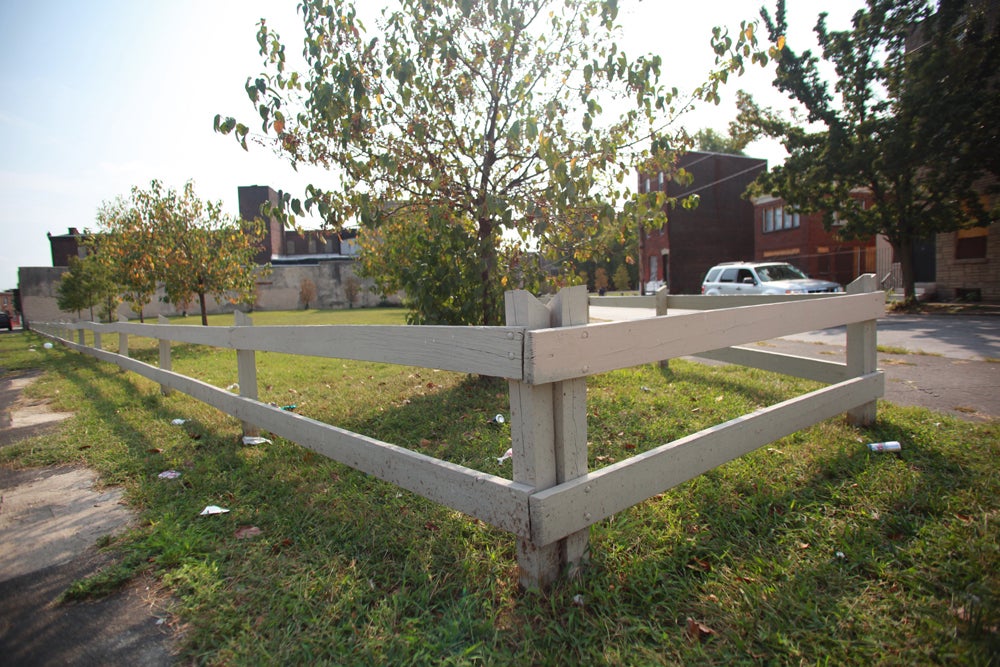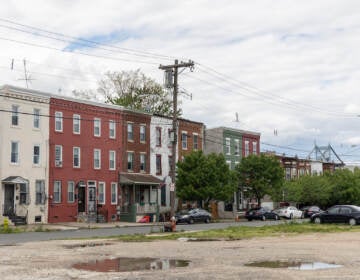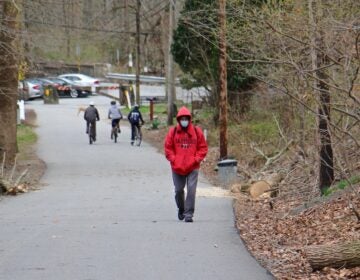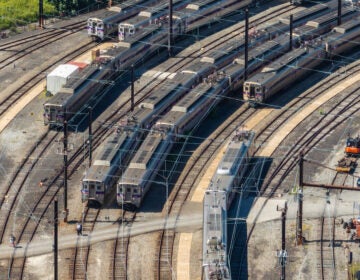Philly Land Bank gets its first deposit

UPDATE, Dec. 9, 2015
The Philadelphia Land Bank is now officially a landholding agency. On Wednesday, Mayor Michael Nutter announced that the Philadelphia Housing Development Corporation had transferred 150 properties into the Land Bank, which was created at the end of 2013. The properties are the Land Bank’s first.
Nutter said that PHDC would transfer an additional 75 properties tomorrow and a total of 650 properties by the end of the year. Last week, four members of City Council authorized the first transfers from their districts, as described below.
“Over the last five years, we have worked together to transform a dysfunctional system of property disposition into one that better serves the needs of this City through the creation of the Philadelphia Land Bank,” said Mayor Nutter, in a press release. “As of this week, the Land Bank now owns properties, bringing each closer to a new use, whether it is an affordable home, new business or a community garden. I am proud to say that Philadelphia is the largest city in America with a land bank and I thank all of our partners in this process.”
Nutter marked the occasion in a ceremony at City Hall, alongside Council President Darrell Clarke and Councilwoman María Quiñones-Sánchez, who led the effort to establish the Land Bank. Clarke said he expects the six remaining District Council members to authorize property transfers in their districts sometime soon.
ORIGINAL REPORT, Dec. 3, 2015
Four members of City Council introduced resolutions on Thursday authorizing the transfer of vacant properties into the city’s Land Bank, which was created two years ago with the goal of tackling blight and encouraging reinvestment in struggling neighborhoods.
The resolutions, which could be adopted next week, will bring property into the Land Bank for the first time. Together, Council members Kenyatta Johnson, Bobby Henon, Darrell Clarke, and María Quiñones-Sánchez authorized the transfer of more than 800 vacant, city-owned properties into the Land Bank. The Land Bank aims to dispose of city-owned vacant properties for a range of purposes—like affordable housing, market-rate development, side yards and community gardens—in accordance with a strategic plan.
In addition to those transfers—which affect properties in South, North, and Northeast Philly—Councilwoman Sánchez said she has requested a number of acquisitions of privately owned, vacant, and tax delinquent properties. The Land Bank has been working toward establishing a policy for acquiring private properties for a number of months.
The Land Bank has been a bit slow to get off the ground. Its first year was taken up with creating a strategic plan, which was adopted by City Council last fall. Since then, the agency has been working to craft acquisition policies and identify properties for transfer. It was also slowed down by labor union negotiations, which wrapped up earlier this fall after months of discussion.
“Finally!” said Sánchez after Thursday’s Council meeting. “Did I say ‘Finally?’”
Sánchez authorized the transfer of more than 700 properties in her district, which has among the highest rates of vacancy in the city. City data show Sánchez’s district has around 1,600 city-owned properties. Councilmen Johnson, Henon, Clarke transferred 48, 13, and 48 properties in their districts, respectively.
The Land Bank has also been working to clear the title on a number of city-owned vacant properties in the last year, which involves untangling confused ownership histories and creating clean deeds. The deeds on the properties that Council members are authorizing for transfer are already clean, according to Paul Chrystie, a communications director for the Land Bank and the Office of Housing and Community Development.
The next step will be for the Redevelopment Authority to accept the transfers from the city, and then to transfer them to the Land Bank. The Land Bank will then market the properties for individual sale, package them for larger developments, or deed them over to homeowners as side yards. None of the properties in question have potential owners identified, though they are in zones set aside for a number of specific land-use goals, according to Paul Chrystie. The properties could transfer out of the Land Bank starting early next year, Chrystie said.
See lists of the properties identified for transfer here.
WHYY is your source for fact-based, in-depth journalism and information. As a nonprofit organization, we rely on financial support from readers like you. Please give today.






